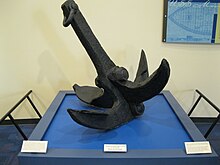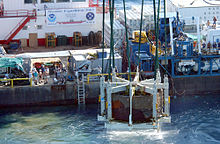I've built this model before, except now this one has the Para Grafix upgrade and the Voodoo FX lighting kit. The other edition that I added myself were the headlights.
Try as many might it is impossible to get this kit to be accurate to the filming miniature.
The filming model has a taller boxier appearance whereas the Mobius/Aurora kit has a lower racier appearance. The only way to fix this would be to create a new kit.
From Wikipedia"
The Moonbus is a fictional spacecraft from the movie 2001: A Space Odyssey. The vehicle is a small, low altitude rocket craft meant to be used for quick transportation of passengers and cargo above the surface of the Moon
Moonbus is a fictitious transportation vehicle which appears in the film 2001: A Space Odyssey.
The word “moonbus” isn't referred to explicitly in the film itself;
rather, it's called a “rocket bus” in dialogue, and, in an early draft
of the screenplay, is described as a “moon rocket bus”.
A moonbus is a vehicle for transporting cargo and personnel across the surface of the Moon.
Its mode of operation is to maintain a fixed cruising altitude by
sustained downward thrust from a battery of rocket motors, exactly
balancing the Moon's force of gravity. Horizontal motion is imparted by
brief horizontal bursts of thrust. The Moon is airless. In the absence
of aerodynamic drag, the vehicle continues to travel unimpeded as long
as altitude above geographical obstacles is maintained.
In reality this scheme is possible, but also wasteful. Due to the Oberth effect, the more efficient use of propellant is to hurl the craft on a ballistic trajectory which intersects the lunar surface at the departure and destination points. Thrust would be exerted only during a boost phase at departure, and during approach to destination for a soft landing.

















































